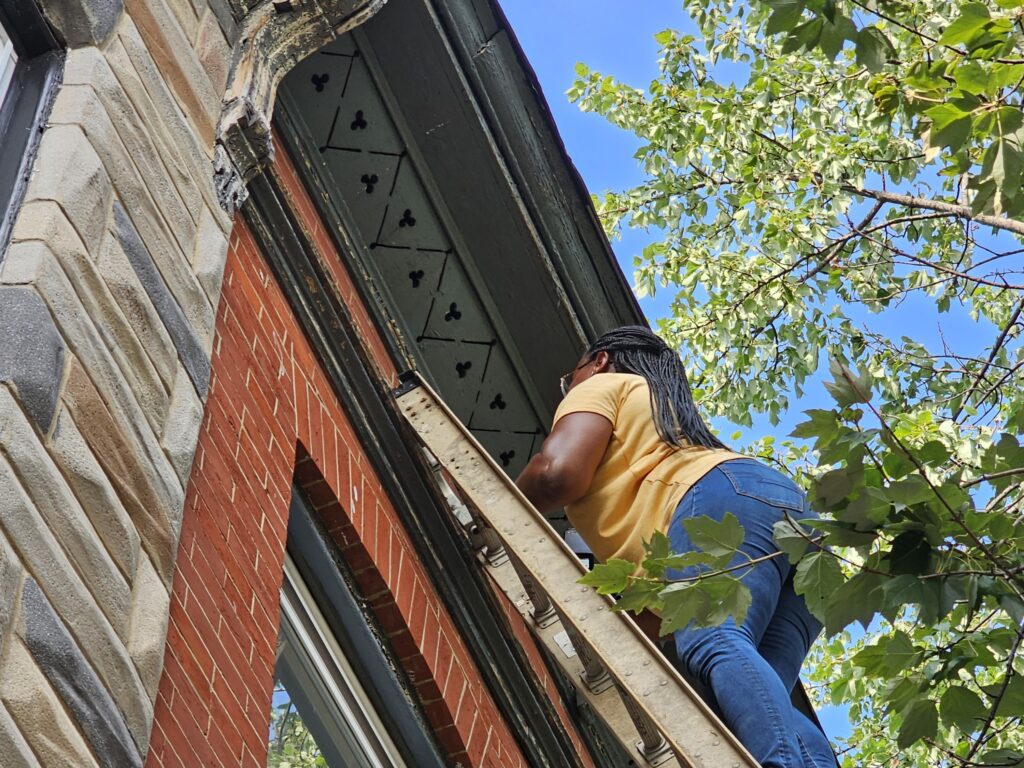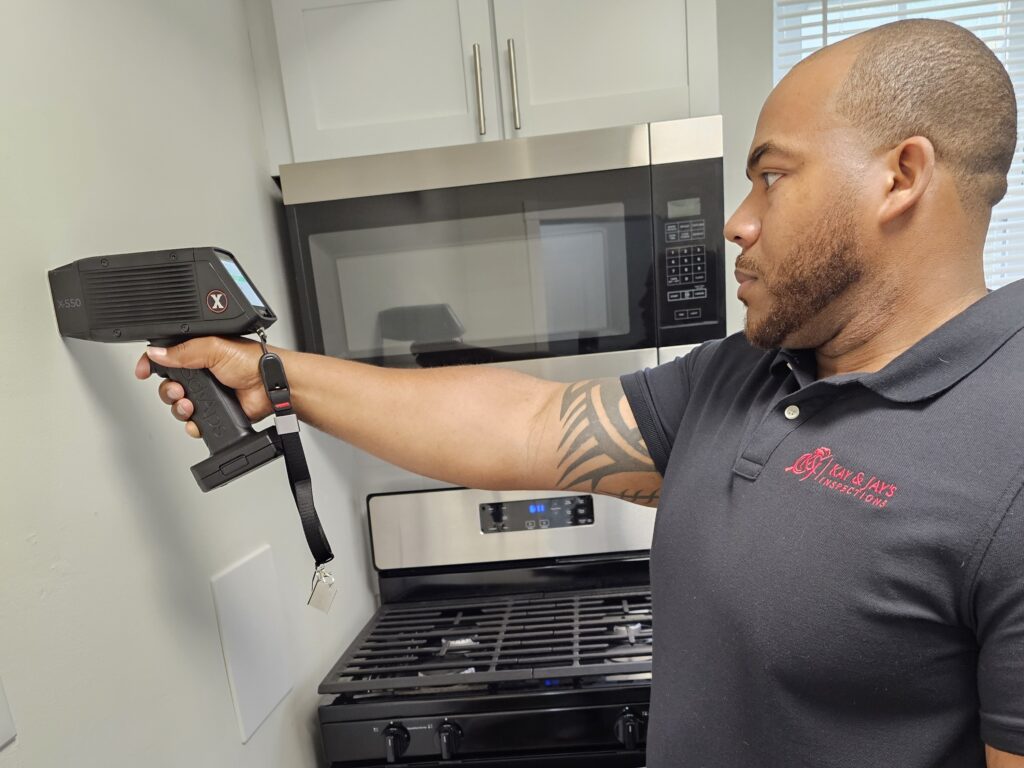Regulations
Maryland Regulations
For all properties constructed before 1950, a valid lead certificate is required, which can either be a Lead-Free, Limited Lead-Free, or Full Risk Reduction certificate. Additionally, for properties built between 1950 and 1978, a new lead paint inspection is necessary if the property is sold or transferred to new tenants as of January 1, 2015.
To ensure compliance, there are four essential steps that every landlord must complete.
Landlords are required to obtain a lead paint certificate that is valid and up-to-date.
Landlords are required to provide tenants with both the Maryland Notice of Tenant's Rights pamphlet and the EPA brochure, and obtain the tenants' signature indicating that they have received both documents.
Every two years, landlords must ensure that their tenants sign a form acknowledging that they have received the required pamphlets.
If you have a valid Lead Free or Limited Lead Free certificate, registering with the MDE is not mandatory.
The Three Types of Certificates

Lead Free
If a building has a lead free certificate, it has successfully undergone an interior, exterior, and common area lead-based paint assessment. You are not required to have any additional inspections after this certificate is given.
Limited Lead Free
The Limited Lead Free certificate is issued to properties that have been inspected and found to be free of lead-based paint on the interior, but lead-based paint is present on the exterior or in common areas. It is important to note that the exterior and common areas must not have any chipping, cracking or flaking paint. Certificate issuance eliminates the need for further interior inspections. Nonetheless, a biennial visual check for defective lead-based paint is mandatory in exterior and shared areas.


Full Risk Reduction
Before new tenants move into a property, a visual inspection needs to be conducted to look for defective paint on the interior, exterior, and basement areas. Dust swipes are also used to test for lead dust during the inspection. This inspection is essential to determine whether or not the property contains lead-based paint and must be completed before new tenants move in.
